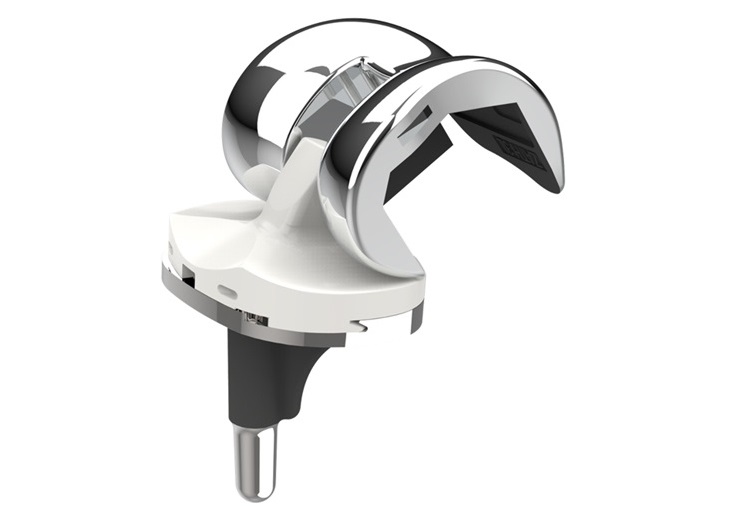Knee implants, also known as knee joint prosthesis, are medical devices used to replace damaged or diseased knee joints. They are commonly used to treat patients with severe arthritis, injuries, or other conditions that cause chronic knee pain and limited mobility. The main purpose of knee joint implants is to relieve pain, restore function, and improve the overall quality of life for patients with severe knee joint degeneration.
Knee joint replacement surgery typically involves the surgical process of removing damaged cartilage and bone from the knee joint. Subsequently, surgeons will replace these structures with artificial implants made of durable materials such as metal, plastic, or ceramic. There are various types of knee implants, including total knee arthroplasty, partial knee arthroplasty, and implants customized according to the specific anatomical structure of the patient.
Total knee replacement surgery replaces the entire knee joint, while partial knee replacement surgery only targets the damaged area of the knee joint. Customized implants are designed using advanced imaging technology to ensure a perfect match with each patient’s body, thereby extending the lifespan of the implant and improving its effectiveness.
Recovery after knee implant surgery varies from person to person, but most patients can regain strength and mobility with physical therapy. Knee implant surgery generally has a high success rate, with many patients experiencing significant pain relief and improved function within a few months of surgery.
In summary, Orthopedic Knee Replacement Implants are an important solution for treating patients with knee joint dysfunction. They provide patients with a way to restore their mobility and improve their quality of life, making them an indispensable choice in the field of orthopedics. With the advancement of technology, the design and materials of knee joint implants are constantly improving, and it is expected to bring better treatment effects to patients in the future.
Post time: Jun-17-2025

